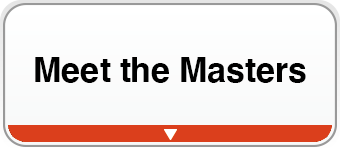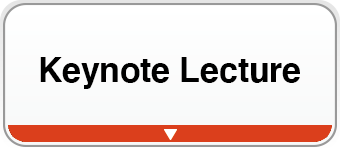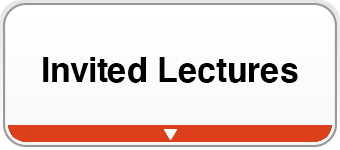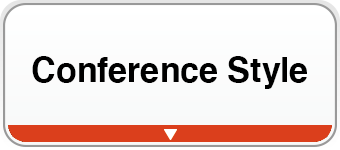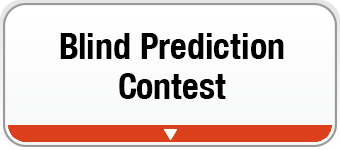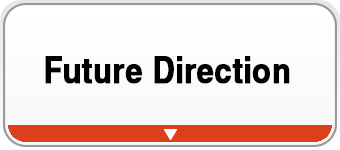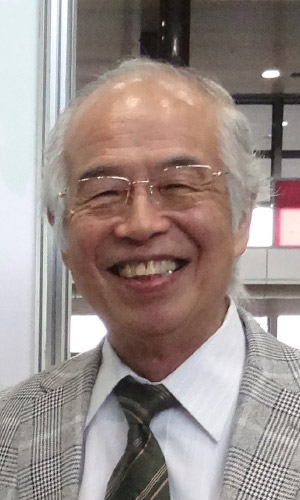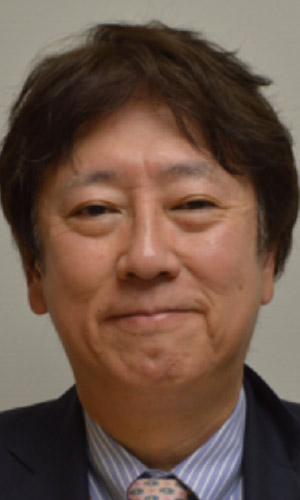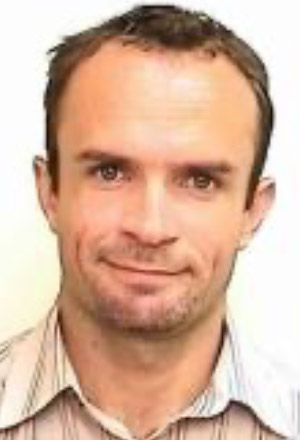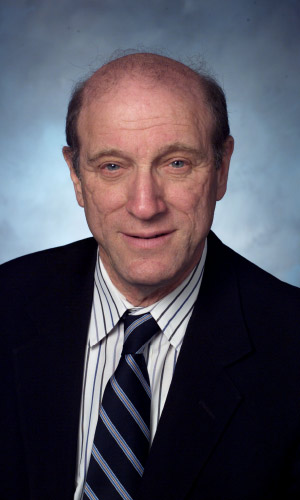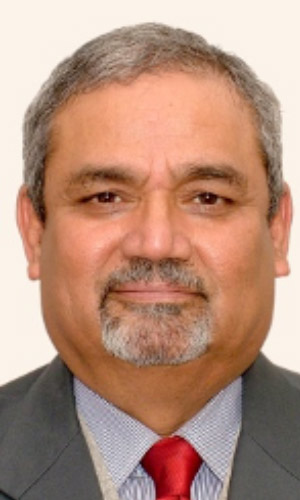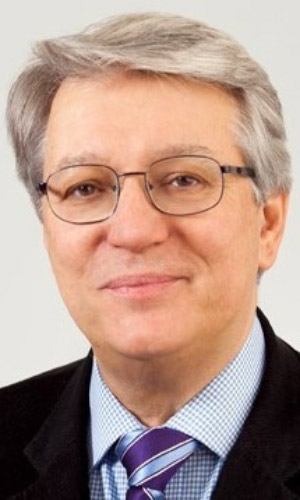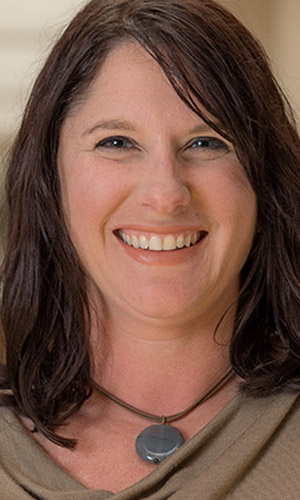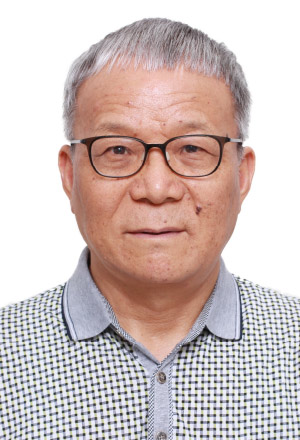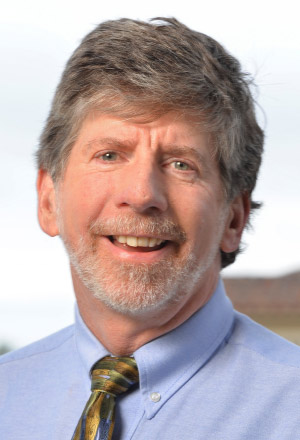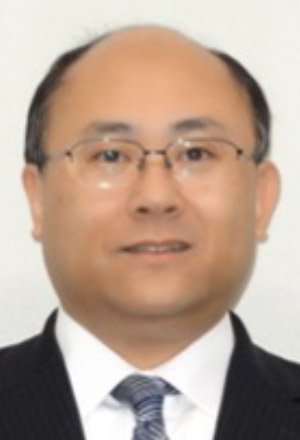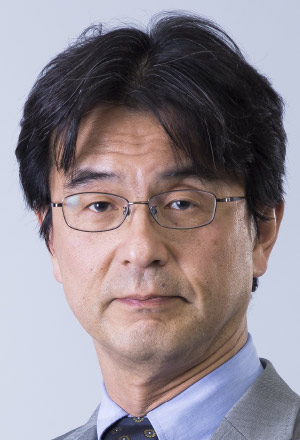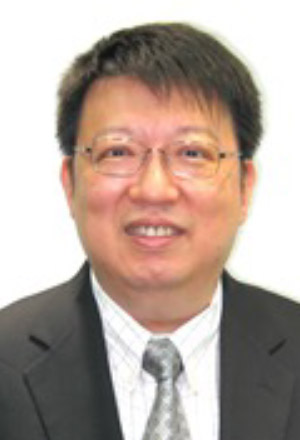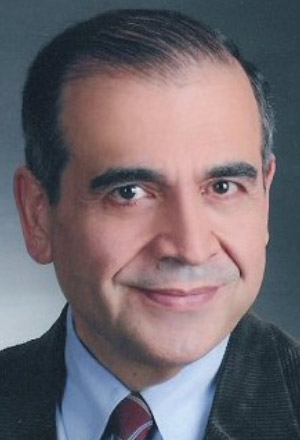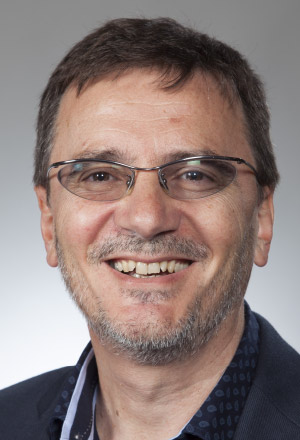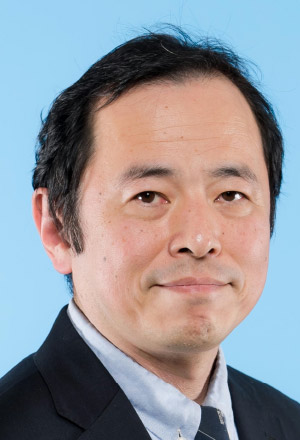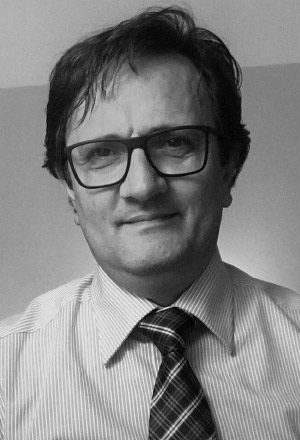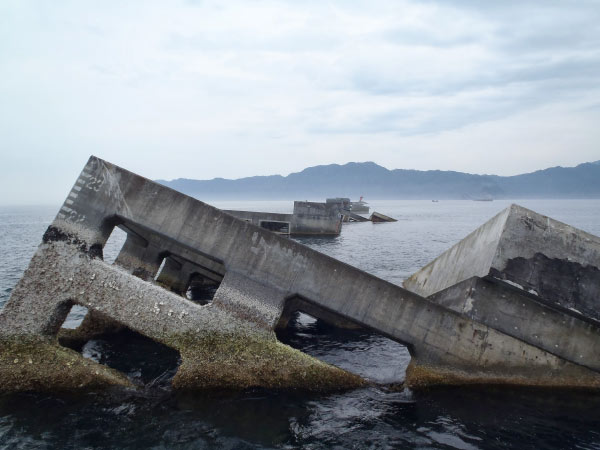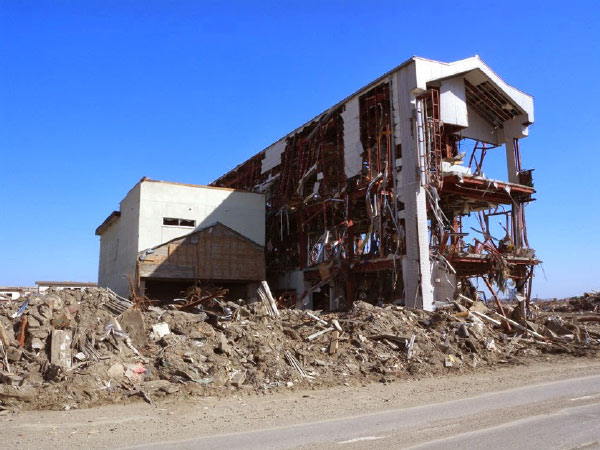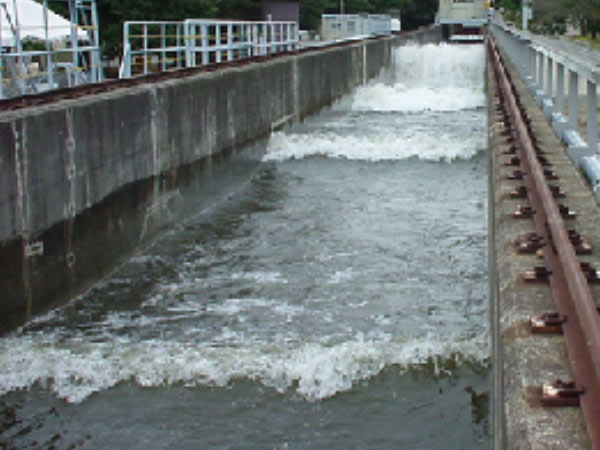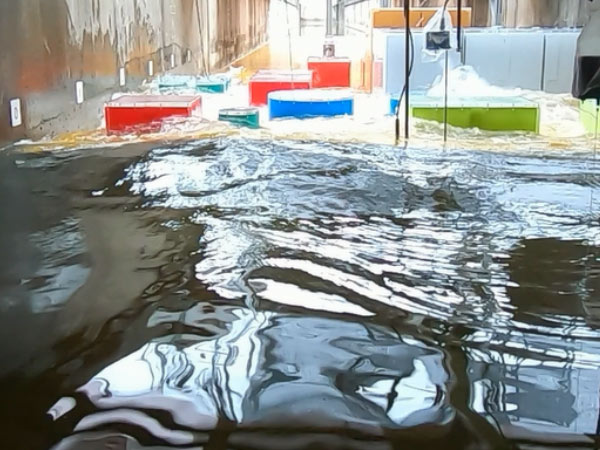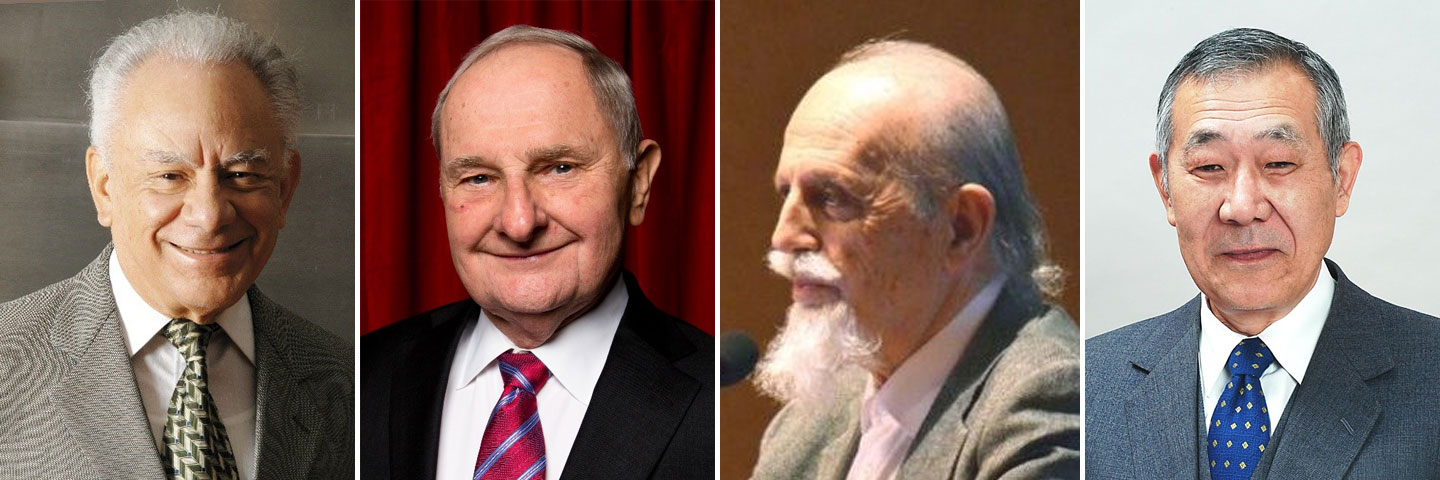
In "Meet the Masters"organized by IAEE (International Association for Earthquake Engineering), we invite great names of earthquake engineering to WCEE. The four masters listed below are invited to 17WCEE. For each master, a special session related to the master’s expertise is organized during WCEE, in which the master offers a keynote lecture. To make the session run most smoothly, a person who has been close to the master is asked to serve as a moderator.
The Masters at the 17WCEE are:
*Prof. James Jirsa (USA)
*Prof. Tsuneo Katayama (Japan)
*Prof. Luis Esteva (Mexico)
*Prof. Theo Tassios (Greece)
To encourage young researchers/practitioners and students particularly from developing countries and regions to participate to 17WCEE and the Masters series, IAEE contributes to the Grant-in-Aid program organized by 17WCEE.
Note: The Greet the Master event scheduled during the 17WCEE has been canceled.



